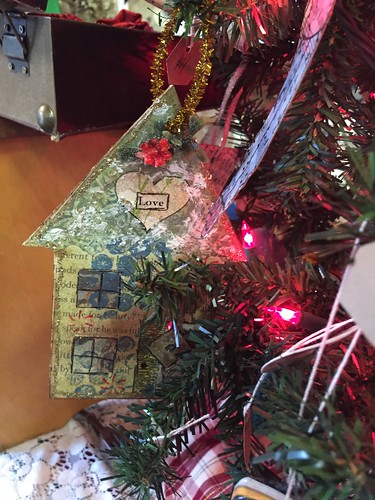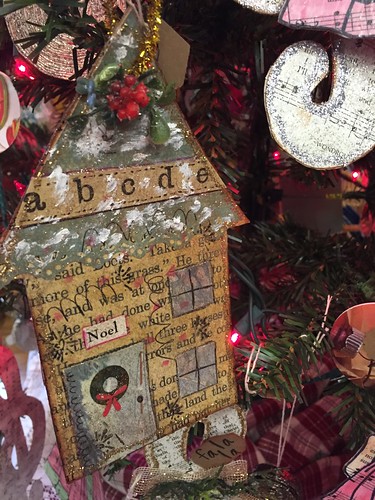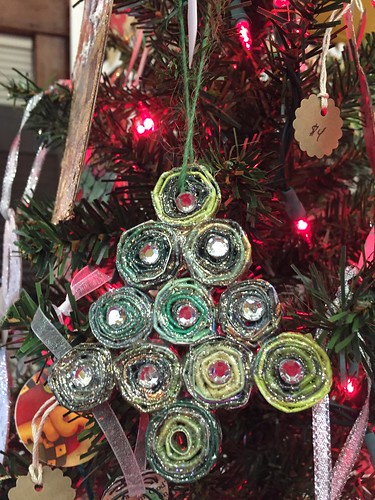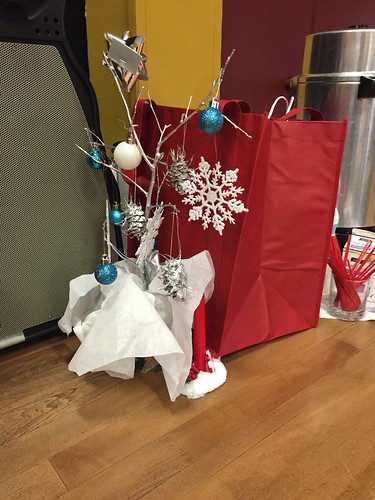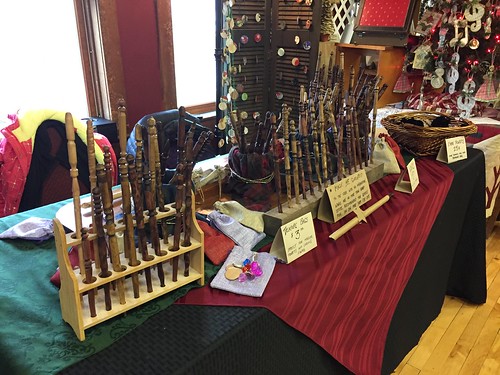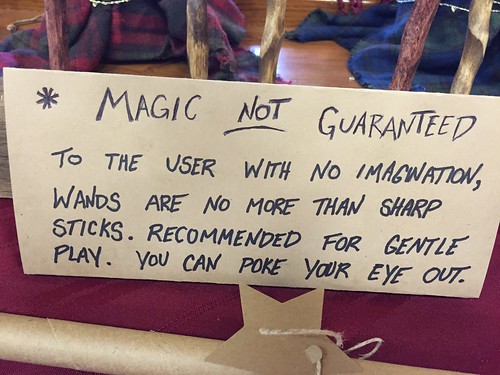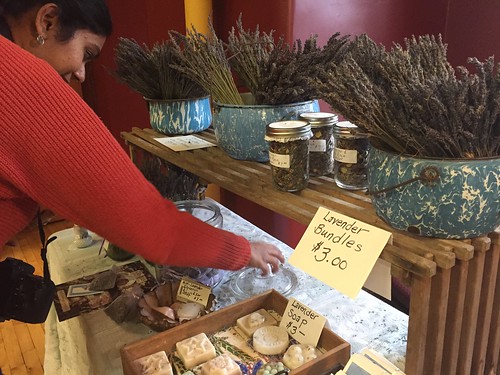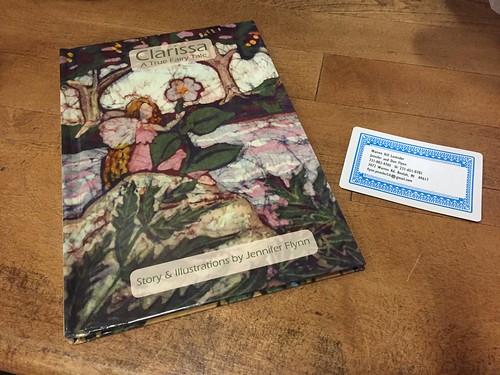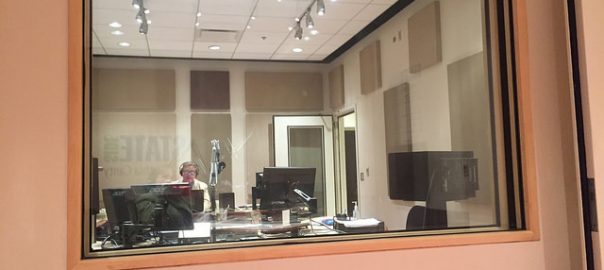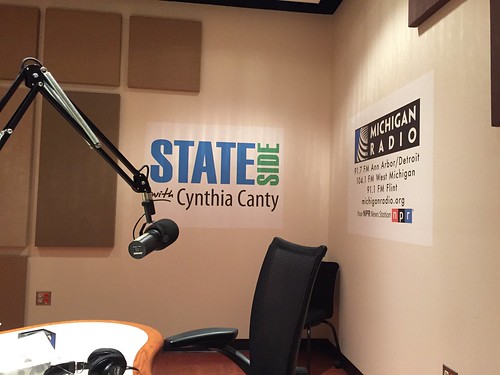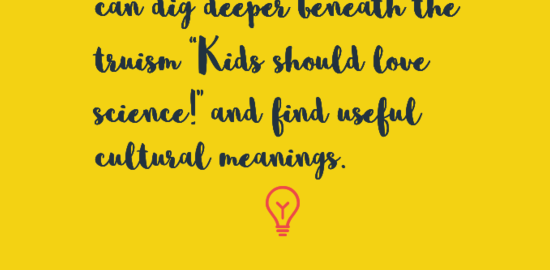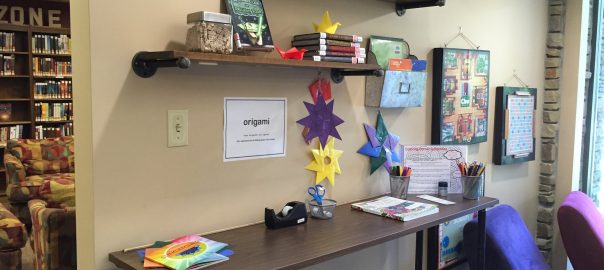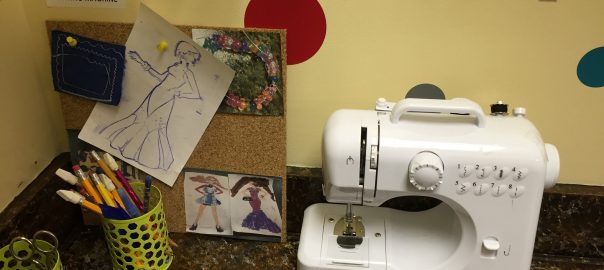{Cross-posted from MakerBridge blog}
Over the past few months, we’ve been piloting Toy Takeapart at our statewide MakerFest events and Michigan Makers after-school program. It’s pretty close to a sure-fire hit.
We visit our favorite end-of-the-line thrift store outlet, where we can buy electronic toys for less than a dollar and know that if we did not buy the toy, it would be dumpster-bound within the hour. (That saves us from the guilt of thinking we have grabbed a toy that a needy child otherwise could have used.)
We avoid any toys with a screen — I’m a little anxious about what chemicals could be released if the screen was cracked.
Why toys and not appliances? Toys tend to run on 6 volts or fewer of electricity. Anything that plugs in gets 120V, and that means there can be energy stored up inside that could be unsafe for kids.
If it’s a public event, we generally set out the toys with a handful of screwdrivers, googles, pliers, and this handout. Without a doubt, when we clean up at the end of the night, the take apart table looks like a tornado has hit. Even though we tell kids and families that they can keep We scoop up anything that is left over. Anything cool and electronic gets saved for future digital jewelry-making. Anything else gets added to the junk box, where it will get a second life inspiring a new invention or creation.
This year, we are working with third graders after school, and we notice that they have new discoveries and needs different from the 4th and 5th graders we’ve worked with previously. Here is some of what they are learning (and what we are learning about them!):
- Many third graders have never used hand tools before. They love the tiny precision screwdrivers and don’t intuitively recognize that they need to pick a right-sized screwdriver for the screw. Tinier isn’t always better — a standard No. 1 Philips screwdriver is often our go-to. (What made us realize this was that we had lost one or two of these over the summer and suddenly we were scrambling to share!)
- They’ve never heard “lefty loosy, righty tighty.”
- The simultaneous push-down-while-turning dual action of screwdrivers is tough for them to master, especially when they are tackling a new screw. We sometimes have to get them started for them. However, they tend to have high levels of perseverance for removing multiple screws. What facilitates this is that we try to put at least two kids on a toy at a time so they can take turns.
- They are less interested in the science of circuitry and more in the wonder of the stuff they find inside. They reacted with enormous wonder to polyfill inside stuff animated creatures.
- Speakers are magnetic and much more interesting to them than circuits, capacitors, or resistors.
- Cutting wires is more awesome than discovering what components are connected by the wires.
Taking parts home is part of the fun.
I’m tickled to see how many life skills these kids are acquiring as they go on. It’s empowering to master the art of driving (or, in this case, “undriving”) screws. And fascinating to realize we’ve now been in this making and tinkering business long enough to see the different ways kids react depending on their age and experience.
Have you hosted a takepart, wreck lab, or appliance autopsy event?
Kristin
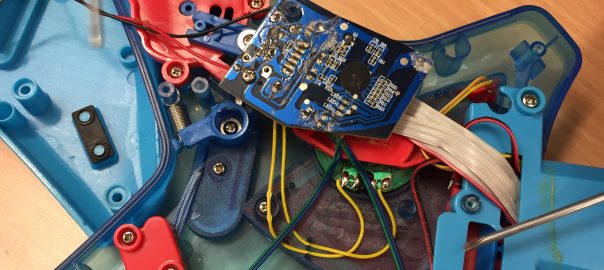
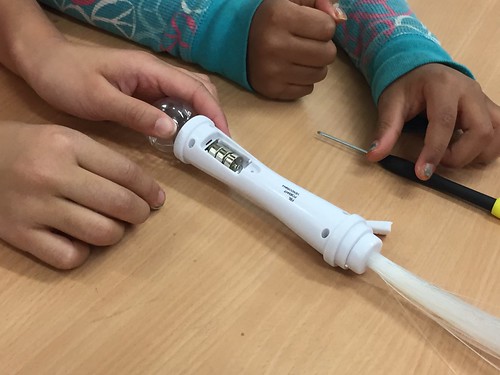
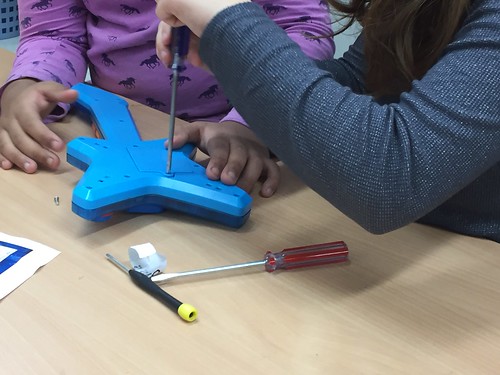
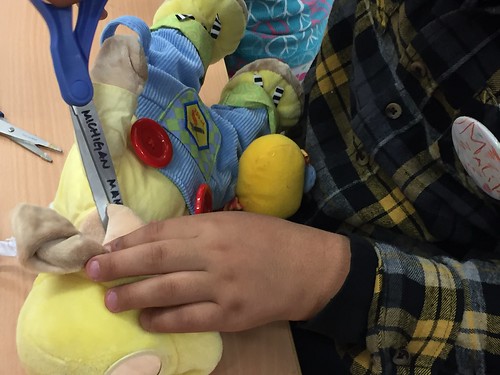


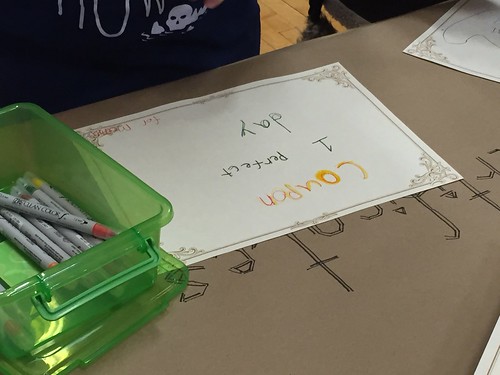
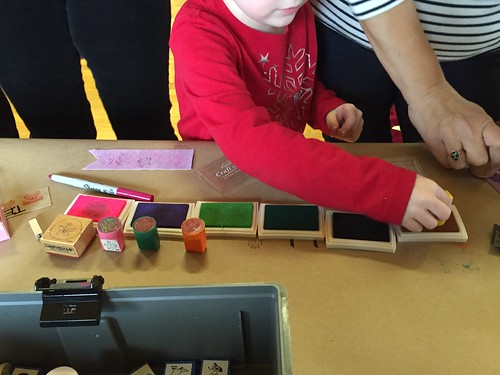
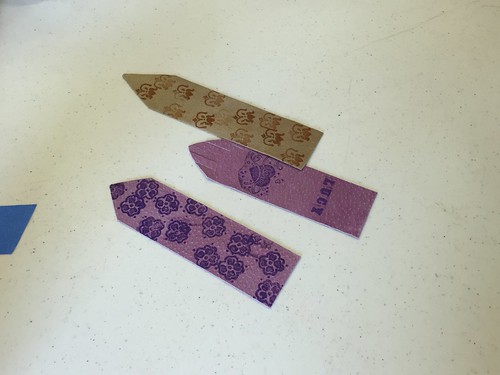


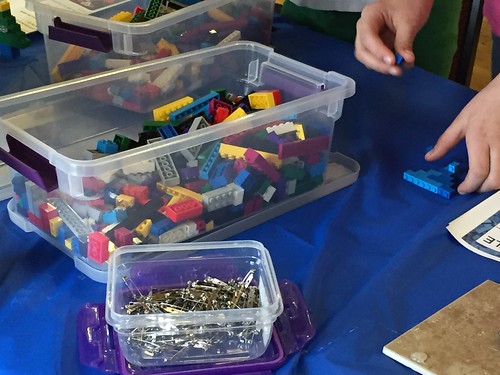


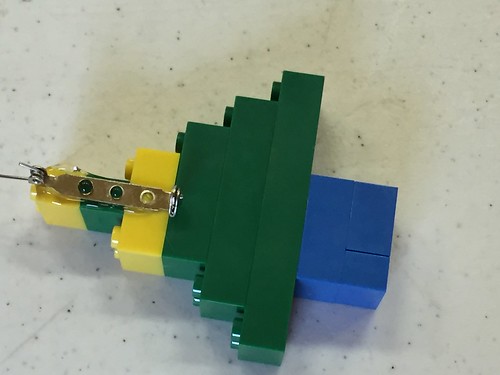
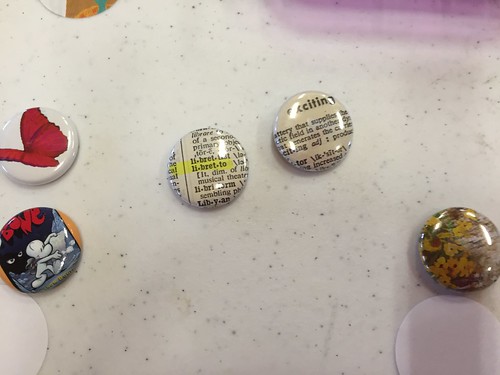
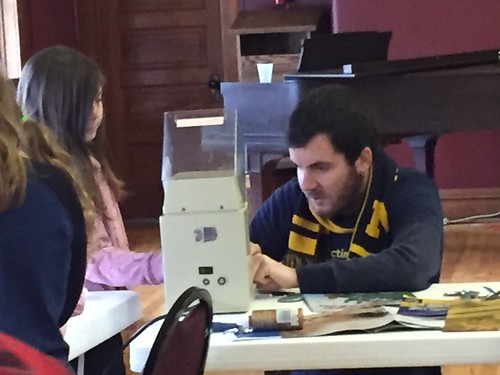
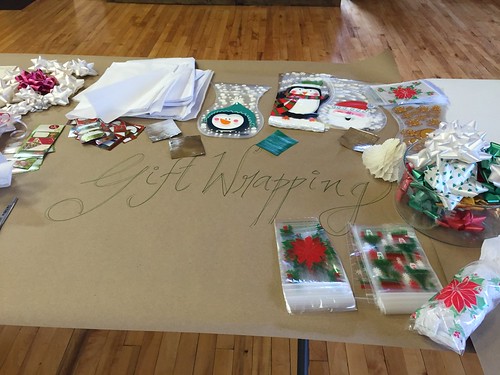
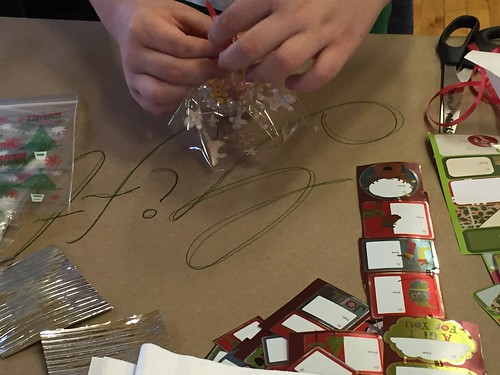
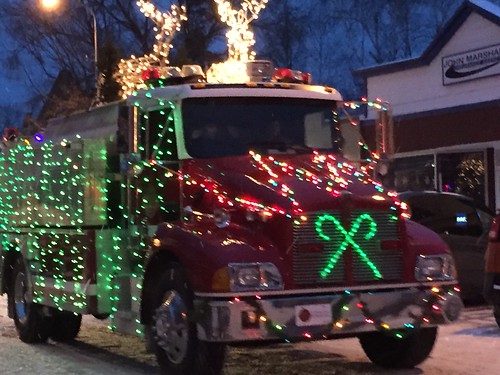

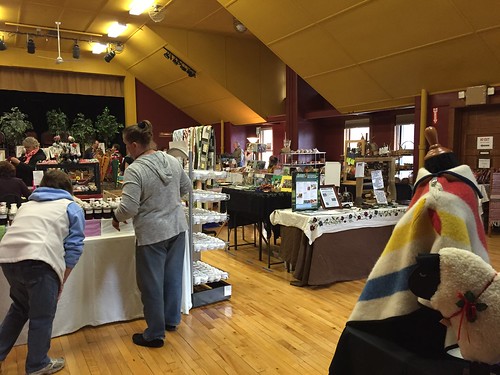 (
(
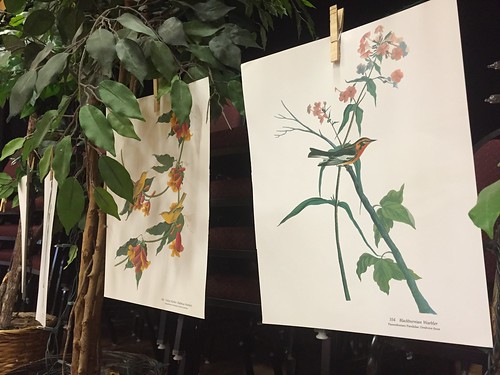
 (
(
